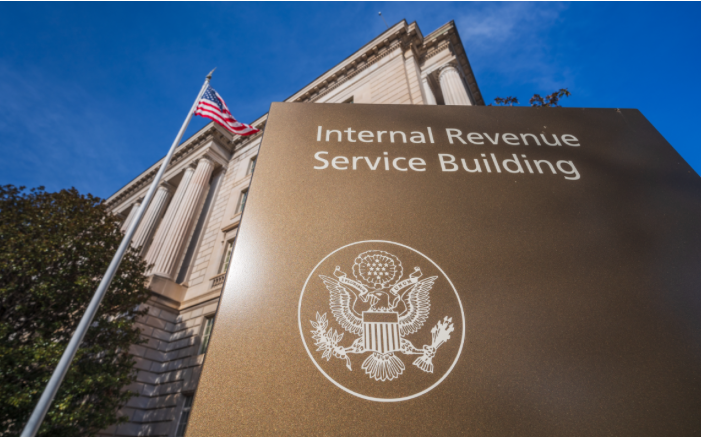The average tipping rate at American restaurants has declined over the past several years, according to data from Toast, a company that provides point-of-sale systems to restaurants. In the third quarter of 2024, the overall tipping average across U.S. restaurants was 18.8%, holding steady from the prior quarter but marking a drop from 19% in the same period in 2022 and 19.2% in 2021.
For full-service restaurants, where diners typically have face-to-face interactions with servers, the tipping rate averaged 19.3% in the third quarter of 2024. That figure has steadily decreased from 19.6% during the same period in 2022 and 19.8% in 2021. Quick-service restaurants, where tipping has historically been less common, saw an average tip rate of 15.9% in the third quarter of 2024. This also reflected a downward trend, with tipping rates falling from 16.1% in 2022 and 16.5% in 2021.
Tipping rates for both full-service and quick-service establishments have also dropped compared to pre-pandemic levels, with Toast data showing declines from the averages recorded in 2018 and 2019.
Experts attribute this decrease to a phenomenon referred to as “tipping fatigue.” Ted Jenkin, co-founder of oXYGen Financial, explained to FOX Business that consumers are becoming increasingly frustrated with the growing pressure to tip, often driven by automated payment systems. “Americans do want to tip for a job well done,” Jenkin said. “But they don’t want to be told what they should tip while someone watches them enter their tip. It’s that tipping pressure of the automated systems that is creating this counterculture of people wanting to tip less.”
Bankrate senior industry analyst Ted Rossman has also observed a noticeable decline in tipping frequency across the country. According to a Bankrate survey released in June 2024, only 67% of adults said they “always” tip when dining at sit-down restaurants—a significant drop from 75% three years prior.
This decline in tipping frequency extends beyond restaurants. Bankrate’s data showed a decrease in tipping across other service industries, including hairstylists, baristas, and rideshare drivers. For example, the share of people who “always” tip baristas fell from 23% in 2021 to 20% in 2024, while the percentage of people tipping rideshare drivers every time dropped from 48% in 2021 to 41% in 2024.
Rossman cited inflation as a primary factor behind the trend, noting that rising costs have squeezed many Americans’ budgets. He also pointed to frustration with “tipping culture,” where consumers are increasingly asked to tip in situations where it was previously uncommon. “Technology has enabled this,” Rossman said. “Apps and payment screens are asking for tips in more obvious ways than an old-fashioned tip jar. Now you have to go out of your way not to tip, hitting zero on a pre-entered tip screen with the potential awkwardness of the cashier and other customers looking at you.”
🇺🇸 Americans are tipping less than they have in years.
People are tipping less at restaurants than they have in at least six years, driven by fatigue over rising prices. The average tip at full-service restaurants dropped to 19.3%.
(Toast)
— World of Statistics (@stats_feed) January 11, 2025
The COVID-19 pandemic also played a role in reshaping tipping behaviors, according to Rossman. While the pandemic initially sparked an increase in tipping as consumers showed appreciation for service workers, this heightened tipping behavior, or “tip creep,” has not entirely subsided. Businesses, wary of further price increases, have increasingly relied on tips or service fees to supplement workers’ pay without directly raising wages. This practice, according to The Wall Street Journal, has also contributed to smaller tips from diners, who feel they are already paying more due to rising menu prices and built-in fees.
Restaurant workers’ expectations regarding tipping vary. A SpotOn survey conducted in May 2024 revealed that more than one-third of restaurant employees considered 15% the minimum acceptable tip. Other responses ranged from expectations of 14% to as high as 20%, depending on the service provided.
As tipping norms continue to shift, the ongoing interplay between economic pressures, consumer behaviors, and workplace practices remains a key factor shaping the future of tipping culture in America.




